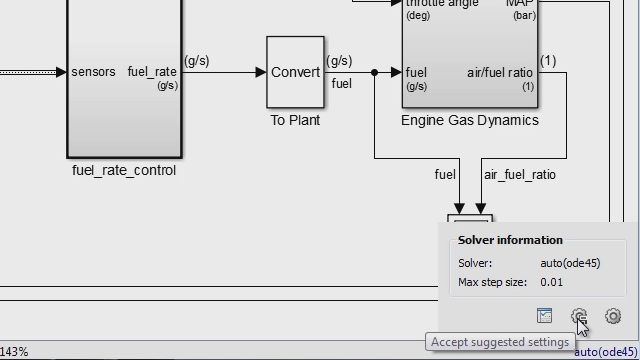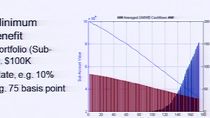Physics-Informed Neural Networks for Option Pricing
Dr. Yuchen Dong, MathWorks
The financial industry is increasingly using machine learning and AI to enhance its methodologies. Among these advancements, physics-informed neural networks (PINNs) offer a way to incorporate domain-specific knowledge into neural network training, making them effective for solving partial differential equations (PDEs) in finance.
This presentation demonstrates how PINNs can be applied to the Black-Scholes model for option pricing. Using MATLAB® and Deep Learning Toolbox™, we will show how to set up neural networks interactively and customize loss functions to address financial problems with greater precision.
Published: 22 Oct 2024




